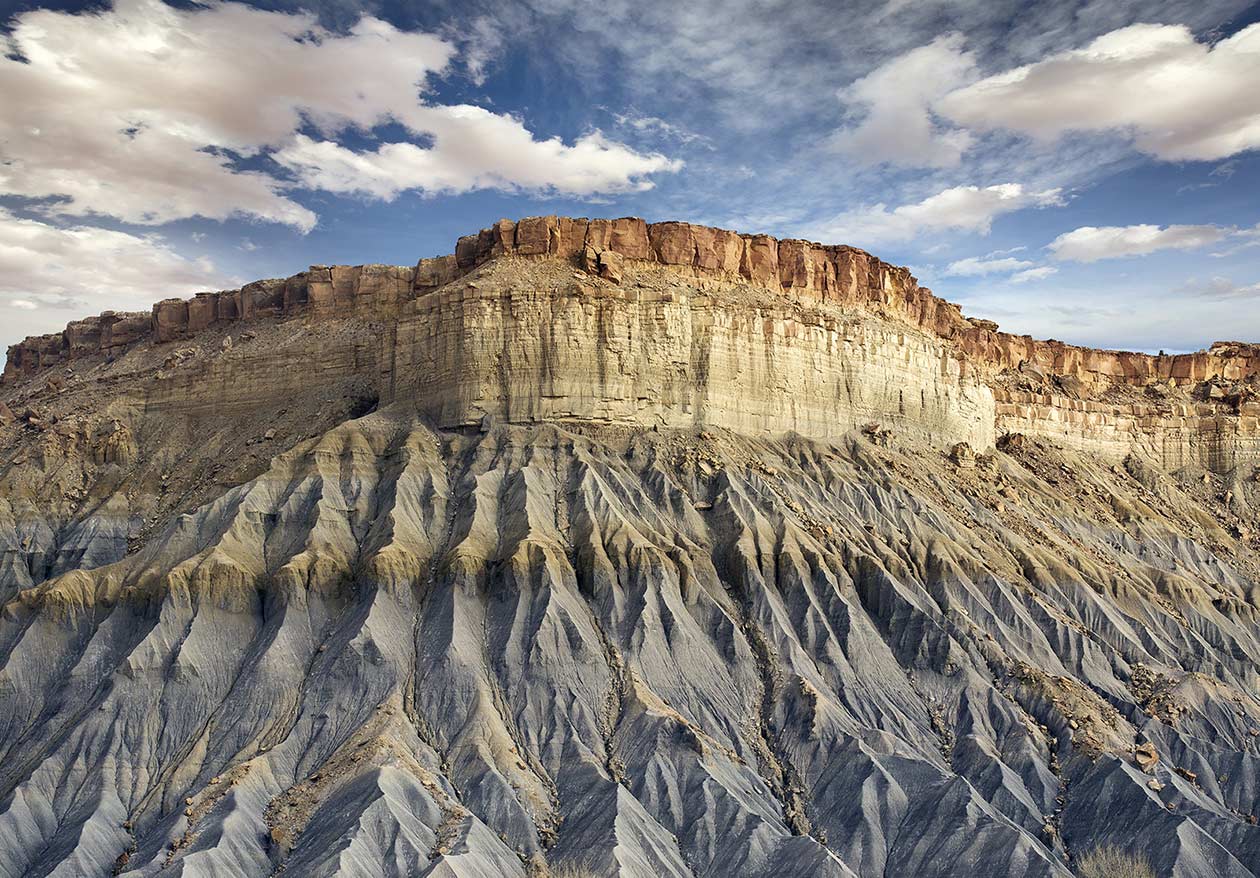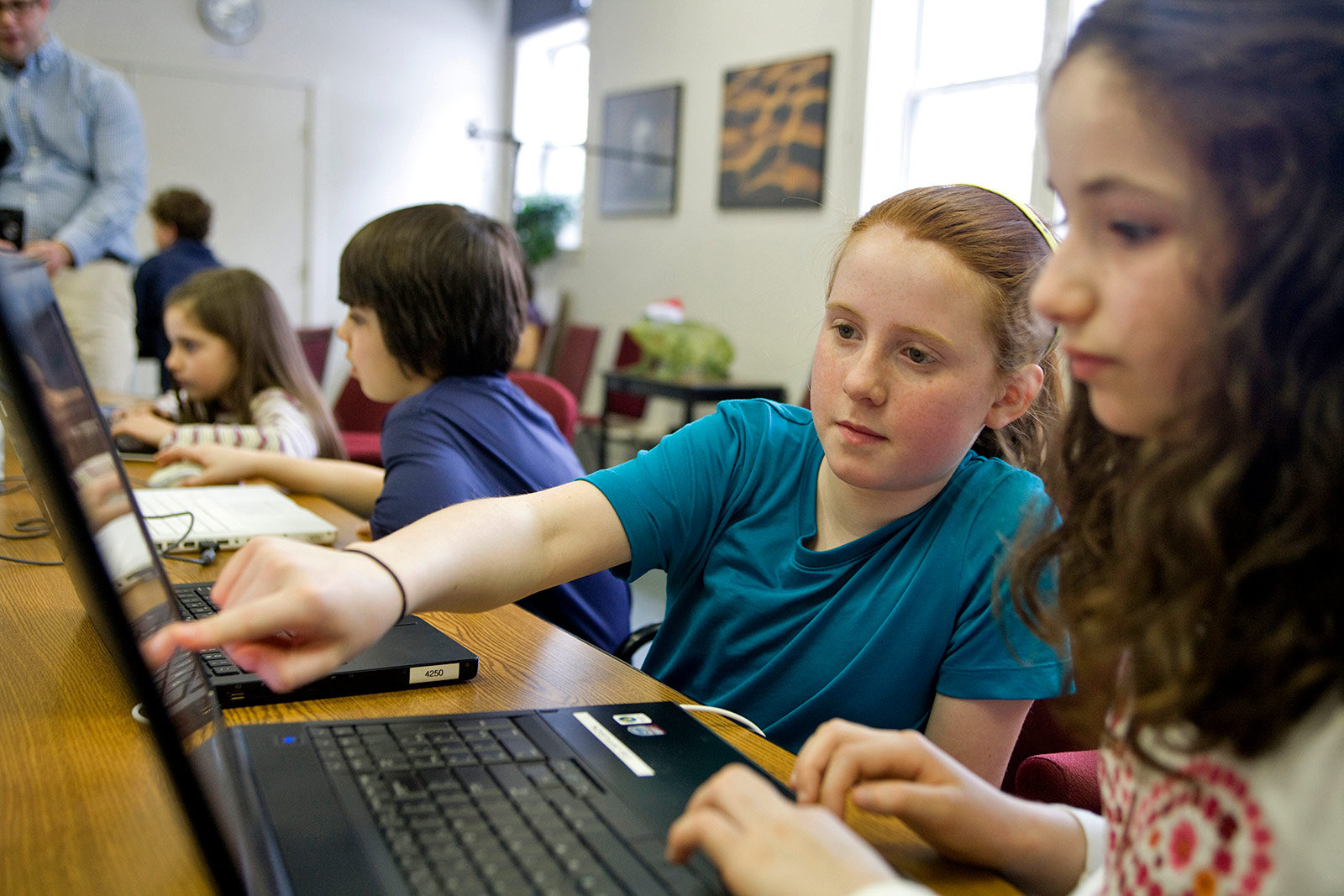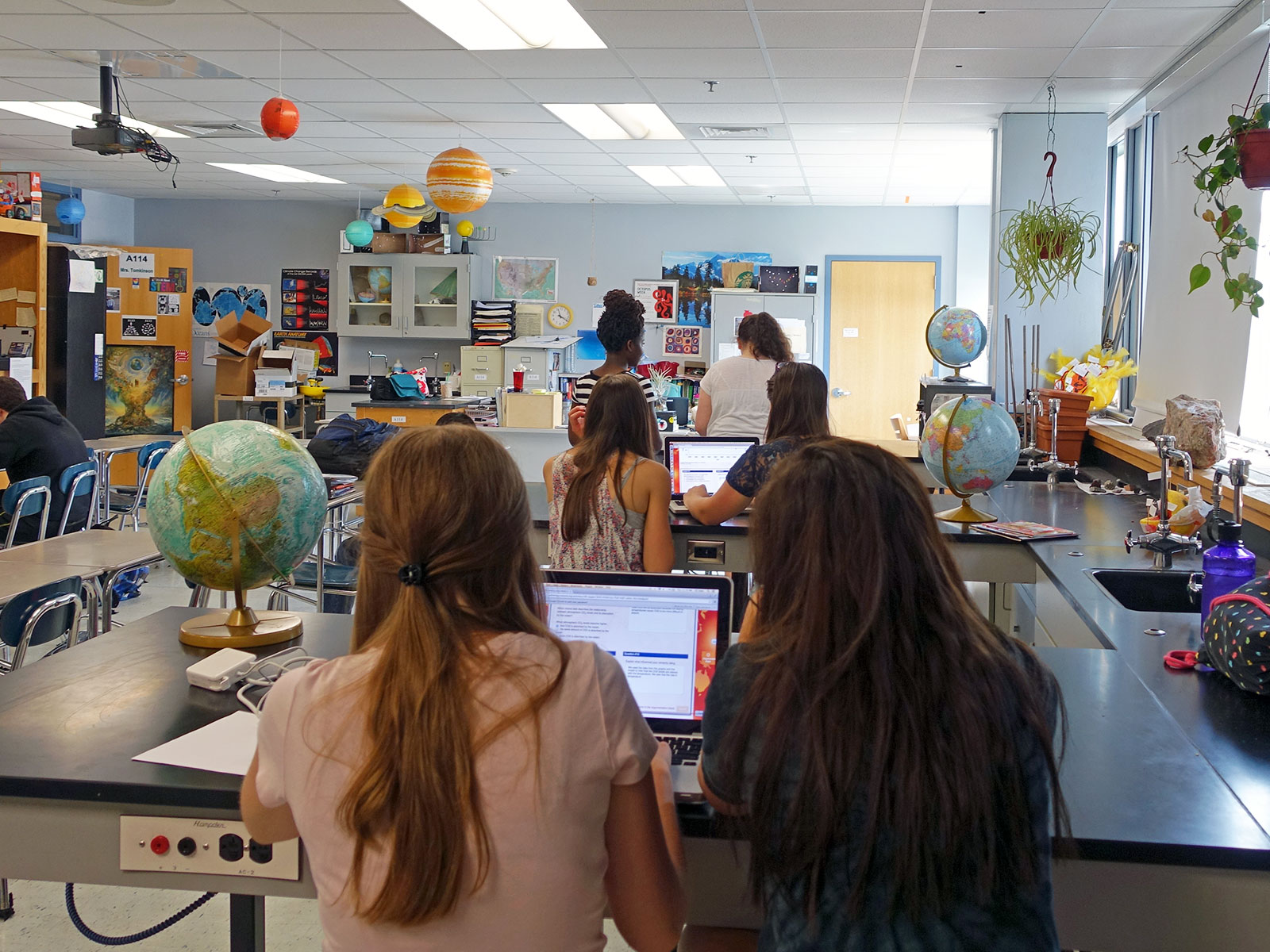TecRocks
Importance
The motion of Earth’s plates is responsible for transforming an otherwise featureless planet into the remarkably diverse and beautiful landscape we have today. All landforms on Earth’s surface can be traced back to the motion and interactions of these plates. The TecRocks project seeks to help students develop explanations for real-world rock formations using simulations and computer-based tools to observe and manipulate geologic processes that would otherwise be inaccessible.
The rock cycle is rarely taught in conjunction with plate tectonics. The traditional method of studying static images of individual rock outcrops is not enough to explain how rocks are formed and transformed over time. The TecRocks project will develop a simulation for students to investigate the formation and evolution of rock sequences created under specific tectonic conditions. By bridging the tectonic system and the rock genesis system through land formation processes, students will engage in scientific practices that are authentic to how geoscientists work. Students will be able to both predict what types of rocks will be generated under specific tectonic situations and infer what causal mechanisms can lead to rocks and rock arrangements found in real-world examples.
Research
The TecRocks simulation will be embedded in online curriculum modules. Design-based research will be used to iteratively develop the simulation and curriculum modules. An implementation study will test usability of the modules across students from different demographics and feasibility of implementation across a range of classroom settings.
Research is guided by the following questions:
- Constructing explanations and argumentation across spatial scales from a simulation
What explanations do students construct across tectonic environment, land formation, and rock layer formation scales? How do students approach data from simulations and how is it different from their treatment of real-world data when formulating arguments? - Student learning and teacher implementation outcome
Do students make pre-test to post-test gains in their understanding of rock genesis and land formations in the context of plate tectonics? To what extent, for whom, and under what teaching contexts are the TecRocks modules useful in developing such understanding? - Teaching practices and curriculum enactment
How can Ambitious Science Teaching principles related to planning for engagement, eliciting students ideas, supporting changes in thinking, and pressing for evidence-based explanations be incorporated into the TecRocks modules? How can teacher professional development and learning materials be designed to support all students, including those identified as special education?
Publications
- Pallant, A., Lore, C., Lee, H.-S., Seevers, S., & Lord, T. (2024). Integrating the plate tectonic and rock genesis systems for secondary school students. Journal of Geoscience Education.
- Lord, T., & Pallant, A. (2023). Thinking outside the box of rocks. The Earth Scientist. XL, 3, 25-32.
- Lore, C. (2023). Monday’s lesson: All about basalt. @Concord, 27(1), 7.
- Seevers, S., & Pallant, A. (2023). Making connections: Rocks & tectonics. @Concord, 27(1), 4–7.
- The Concord Consortium (2021). Innovator interview: Chris Lore. @Concord, 25(2), 15.
Blog Posts
Learn more about the TecRocks project at the Concord Consortium blog.
- Rocks and plate tectonics reimagined
- Building on student curiosity to broaden science participation
- A Map that Shows Earth Rocks!
Activities
View, launch, and assign activities developed by this project at the STEM Resource Finder.







